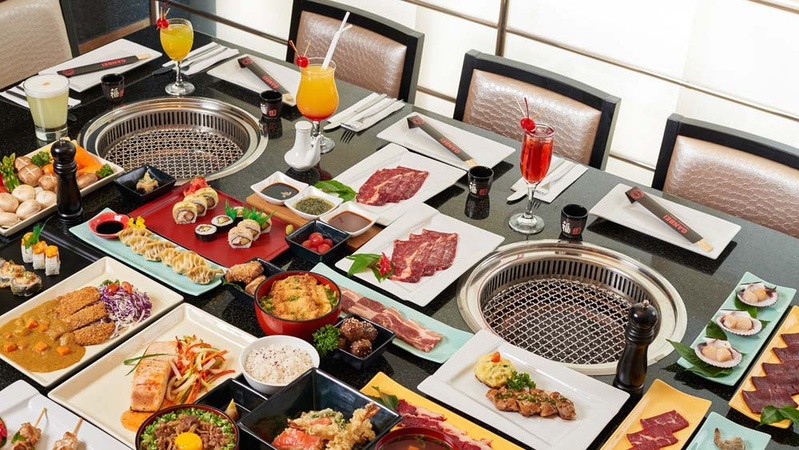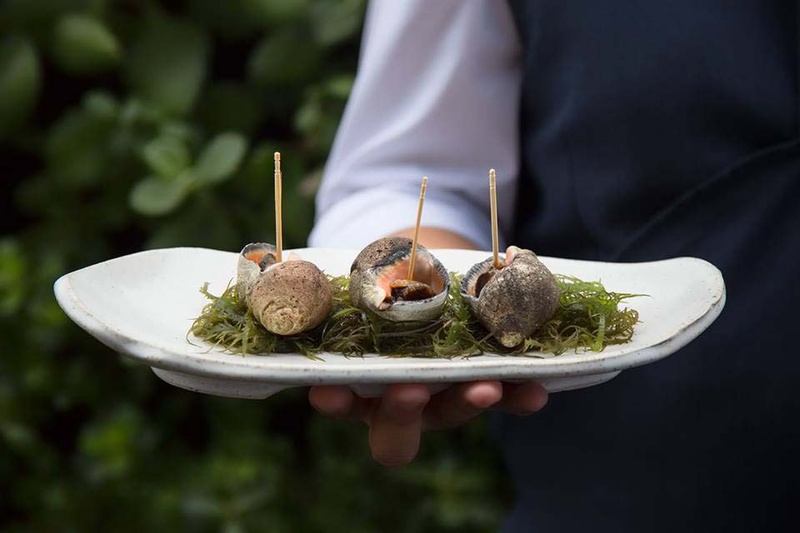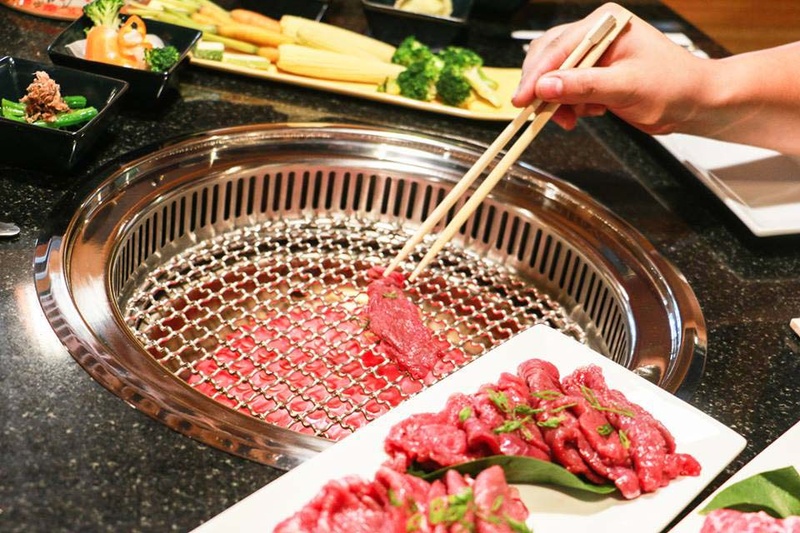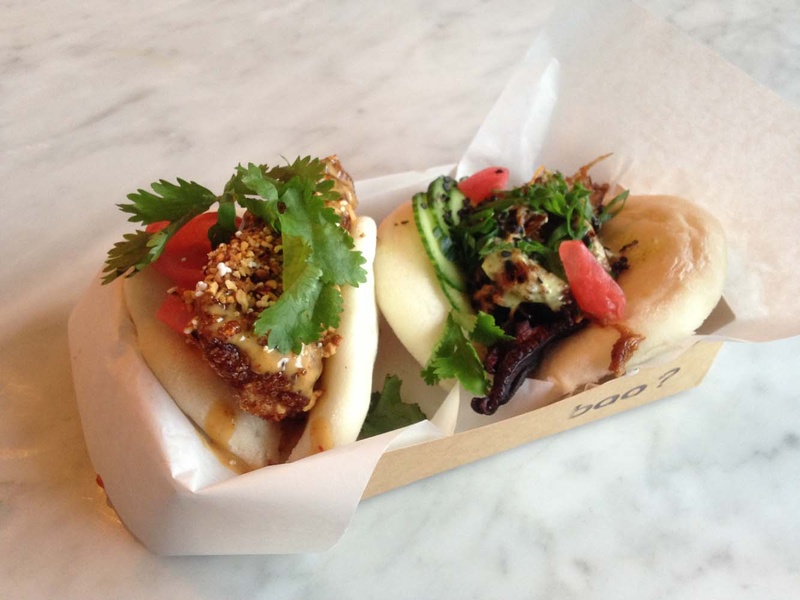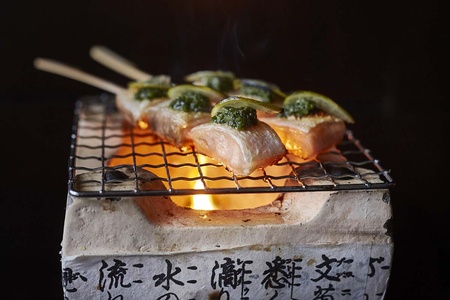The Peruvian appetite seems as great as its ability to create new businesses around its famous gastronomy. Although there are no official figures, every weekend you can hear, in an after-dinner conversation, about a new restaurant or business related to good eating or drinking. Among them, the Nikkei proposals have not lost step.
In addition to the opening of new restaurants in 2015 (Oishii, by Toshiro Konishi, and Hosso, by Patricia Yamamoto, Peruvian itamae, among others), there are some that have opted for fusions with Chinese and Thai cuisine, presented as oriental, in its desire to reach audiences such as tourists, who come willing to try everything.

KO Asian Cuisine is a good example of the latter: a brand that has targeted shopping centers with a proposal that has room for foods such as Korean and Vietnamese. Its two stores opened in Lima in the last two years are the work of Diego de la Puente and Diego Herrera, founders of Osaka, with nine stores in seven South American countries.
In a recent interview , these inexhaustible entrepreneurs with a passion for the oriental have commented on some of their new ideas: an Osaka in Miami and a new proposal for a Japanese restaurant called Dondoh, Japanese grill, in which they will work with a Peruvian butcher (Renzo Garibaldi) who It will serve wagyu beef “on an imported three-tier grill where fish, seafood and vegetables will also be cooked,” said De la Puente.
Japanese grill
Among the new dishes that seek to position themselves in the culinary vocabulary of Peruvians is, precisely, yakiniku, the Japanese grill that stars on Ganbei 's menu, which includes the buffet option. Itamae Miyoko Nishisaka, creator of the restaurant's first menu, says that the restaurant's partners were regulars at yakiniku restaurants in Taiwan and that when they arrived in Peru they did not find any.
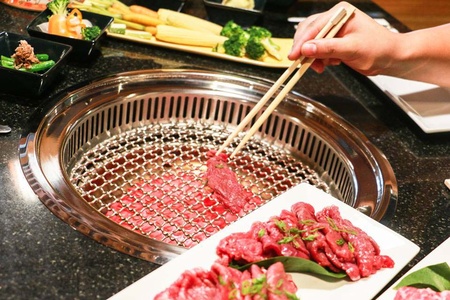
"While it is true that yakiniku was born in Korea and Taiwan, it was Japan that popularized and perfected it," says Miyoko, who studied cooking at the D'Gallia Institute and who in 2006 traveled to Tokyo to do a postgraduate degree in cooking. cooking at the Nishi Tokyo school. “In Japan it was common to go to eat yakiniku and when I was in school they sent us to various restaurants to do internships.”
In one of them he learned everything about this type of meat, which is distinguished by having a grill in the center of each table so that the customer can grill the meat with the help of tongs. These are accompanied with vegetables, sauces and different garnishes. “The trick with yakiniku is knowing how to control the cooking time of the meats and vegetables. It can also be used to make papillote.”
Miyoko, who has worked at hotels such as the Radisson and the Westin (in addition to having her own catering company), points out that at Ganbei the waiters are trained to help first-time customers by giving them a demonstration of how to handle the food. grill. "It's easy and fun, I think this technique is not known because by habit Peruvians go to a restaurant to eat, and not to prepare their food."
Japanese street food
Javier Miyasato worked at the elegant Amoramar restaurant, where he displayed much of his Nikkei influence in dishes such as tuna ceviche, but with avocado (similar to a maki), sesame seeds and tiger's milk. At the end of last year, the young man who did not study gastronomy but who learned the trade from many chefs, decided to start his own business with his family.
They called him Bao? and focuses on a creation of Javier's that was influenced by what he found on the streets of China and Taiwan: buns (steamed buns) served with roasted meats and wok-fried vegetables. In his Miraflorino location he has them with chicken, pork, shiitake, smoked pork and ribs and mushrooms, accompanied with cilantro, peanuts and pickles; in addition to offering bowls of rice.

“We were inspired by the street food of New York, we wanted it to be a mix of oriental, Chinese and Japanese flavors, but with the vibe of street food, of food on the go,” explains Miyasato. From there came the name, the decoration and the appearance of a food truck, with outdoor tables, cardboard bases instead of plates and an area for those who want to eat standing up. To drink they have Orion (Japanese beer) and emollient.
Their motto is “You eat, you clean and you leave,” says Javier, who is always in front of the grill, and who has great Nikkei restaurants like Wasabi and Nikko as neighbors. “We already see familiar faces,” he adds, pointing out that curiosity and recommendations have meant that there is a large audience every weekend and that reviews in blogs and magazines have multiplied in less than two months since the inauguration.
Permanent fusion
In Peruvian-Japanese fusion cuisine there seems to be no limits, especially if food critics and the public continue to show wide preference for their creations. The Tzuru restaurant, for example, by itamaes Jorge Matzuda and Masa Hamada, offers cuisine that rescues representative ingredients from Peru (from the mountains and jungle) using traditional Japanese techniques.
To traditional dishes (menrui or Japanese pasta, nimono or stews, and domburimono, rice-based dishes) they add a fusion that has allowed the emergence of creations such as Carbon bun (battered silverside, tobiko, spicy cream and chalaquita). or the confit duck leg with mirin, shoyu, sake and yuzu reduction, served with crispy northern rice.
Peruvian dishes such as juane, anticucho or tacu tacu are interpreted by this duo that seeks to innovate, “but with the inputs,” clarifies Masa, who says that before Japanese cuisine was for older people. Now, many young people are attracted by makis and are discovering dishes such as yakitori and soups, from ramen to udon, which is beginning to be more frequent on the menu of Nikkei restaurants.
If Nikkei cuisine continues to grow, it is thanks to its exponents, itamaes such as Mitsuharu Tsumura, who seeks to popularize Nikkei cuisine in Peru through the SushiPop delivery franchise, and abroad with other projects that target Asia and Latin America. Hajime Kasuga, the executive chef of the Mikka restaurant, serving Peruvian-Japanese cuisine, is doing the same thing in Guayaquil, Ecuador. Nikkei cuisine has no borders.
© 2016 Javier Garcia Wong-Kit


